Chapter 8 Hybrid Dropshipping - Combining Wholesale & Dropshipping
Learn how to balance wholesale and dropshipping in a hybrid model. Combine the strengths of both approaches for a diversified fulfillment strategy.
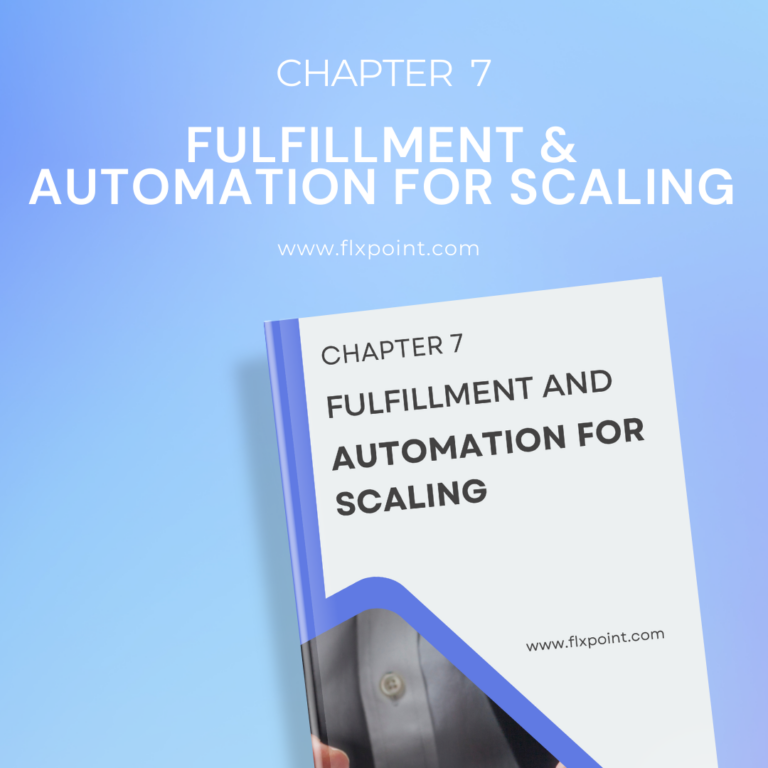
Introduction to Hybrid Dropshipping
In hybrid dropshipping, the business maintains multi-source inventory by holding stock for high demand items but they rely on suppliers for other products. This approach provides more control over shipping times and customer experience. Unlike traditional dropshipping, where all orders are fulfilled by suppliers, hybrid dropshipping lets you balance in-house stock with external suppliers. This chapter will explore the benefits of diversified supply chain strategy and will show how Flxpoint’s hybrid model will help streamline and automate inventory management and fulfillment across multiple sources.
What is Hybrid Dropshipping?
In the hybrid dropshipping setup you rely on dropshipping suppliers while keeping a portion of the inventory in-house. We can simply say that hybrid dropshipping is a model where traditional wholesale purchasing is combined with dropshipping. This approach allows businesses to have control over key products by purchasing them in bulk and storing them, while still benefiting from the flexibility of dropshipping for other items. By doing this, you get faster shipping and better control over customer experience for in-stock products, and the scalability of dropshipping without having to hold excessive inventory.
Difference from Traditional Dropshipping
In traditional dropshipping, the retailer depends completely on outside suppliers to fulfill orders. The retailer doesn’t keep any products. In hybrid dropshipping, you can keep some important products in your own warehouse while using dropshipping for other products. Here is the clear difference between both:
| Hybrid Dropshipping | Traditional Dropshipping |
| Combines in-house inventory with dropshipping | Relies entirely on dropshipping suppliers |
| Greater control over key products and shipping times | No control over inventory or shipping speed |
| Allows flexibility with diverse fulfillment options | Fully dependent on supplier stock availability |
| Higher initial costs due to purchasing | Lower upfront cost as no inventory is held |
When to Consider a Hybrid Model?
A hybrid dropshipping model is ideal for businesses that want more control over key products but also need the flexibility of a diversified supply chain. For example, if you have fast-moving, high-demand products, it makes sense to keep them in-house to ensure faster delivery.
Dropshipping offers a flexible solution for businesses, especially those with seasonal peaks like Halloween dropshipping. By outsourcing the storage and shipping of certain products, you can reduce overhead costs and focus on core business activities. This hybrid approach allows you to scale your business efficiently, meeting both short-term and long-term demands.
By using Flxpoint’s hybrid model, you can easily manage multi-source inventory and ensure seamless operations, whether you’re fulfilling from your warehouse or your suppliers’ stock.
Advantages of Hybrid Dropshipping
Diversified Fulfillment Strategy
A hybrid dropshipping model allows businesses to manage risk by diversifying their inventory sources. This approach ensures flexibility and stability.
- Maintains control over key products – By keeping essential or fast-selling products in stock, businesses can ensure consistent availability and immediate shipping. This control boosts reliability and customer trust.
- Flexibility with less popular items – With a hybrid model, you can dropship products that are less popular or have fluctuating demand. This reduces the need to store products that may sit unsold for long periods, freeing up capital for other uses.
This diversified supply chain ensures that businesses can meet customer demand while optimizing storage costs.
Improved Customer Experience
Combining in-house stock with dropshipping leads to faster shipping times and greater customer satisfaction.
- Control over shipping times and packaging quality – For products stocked in-house, businesses can manage shipping times more efficiently and maintain packaging quality. Customers receive their items quickly, enhancing the overall buying experience.
- Dropshipping for large or expensive items – Items that are costly or take up too much space can be dropshipped. This reduces overhead costs while still allowing you to offer a wide range of products.
By leveraging multi-source inventory, businesses can enhance customer experience without the need to warehouse every product.
Greater Profit Margins
Hybrid dropshipping can help businesses increase profit margins by leveraging both wholesale and dropshipping strategies.
- Bulk purchasing for lower costs – Buying in bulk for in-house stock reduces unit costs, which can significantly increase profit margins.
- Flexible dropshipping for low-demand items – For products that don’t sell as quickly, dropshipping allows businesses to offer these items without incurring storage costs, preserving profit margins.
The Flxpoint hybrid model makes it easier to manage these strategies by optimizing both wholesale purchasing and dropshipping processes.
Scalability
A hybrid model also allows businesses to scale quickly without being limited by storage constraints.
- Expand inventory and suppliers easily – By using multi-source inventory, businesses can add new products and suppliers without the need to warehouse everything.
- Less concern over storage limitations – With dropshipping, products that are hard to store can be managed by external suppliers, allowing the business to focus on scaling operations.
Challenges of Managing a Hybrid Dropshipping Model
Inventory Management
Hybrid dropshipping can be complicated due to managing inventory from multiple sources. Tracking stock levels from both your warehouse and your suppliers is crucial. Keeping up-to-date with real-time availability is essential to avoid overselling or stockouts. Balancing in-house and outsourced items adds another layer of complexity. Frequent supply chain changes and varying lead times make accurate inventory management challenging. Flxpoint’s hybrid model simplifies this process by offering real-time inventory syncing and visibility across all locations. Effective inventory management is key to smooth order fulfillment in a diverse supply chain.
Supplier Coordination
- Coordinating with multiple suppliers introduces challenges like varying shipping times, stock availability, and price fluctuations.
- Each supplier may have different cut-off times for order processing, making it difficult to ensure timely delivery.
- Managing supplier reliability and responsiveness is key, as delays or errors from one supplier can disrupt the customer experience.
- Hybrid dropshipping requires maintaining relationships with different suppliers while keeping their processes in sync with your business.
Cost Considerations
- Investing in in-house stock adds up-front costs for purchasing, warehousing, and storage.
- You must balance the flexibility of dropshipping with the costs of managing in-house stock.
- Fluctuating demand may require you to adjust the amount of in-house stock, which adds financial strain.
- Flxpoint’s hybrid model can help you manage these costs by automating key processes and ensuring optimal stock levels from both in-house and external suppliers.
How Flxpoint Supports a Hybrid Business Model
Inventory Management Across Multiple Sources
Flxpoint’s hybrid dropshipping model allows businesses to manage inventory from both internal warehouses and external dropshipping suppliers effortlessly. By utilizing its multi-source inventory management capabilities, you can keep track of all your products, whether they are in your possession or sourced through third-party suppliers.
This provides a clear view of your stock levels across various sources, minimizing the risk of stockouts or overselling. With Flxpoint’s hybrid model, you can adjust inventory levels in real-time, set priority rules for fulfillment from different suppliers, and optimize order processing without manual intervention. This seamless inventory management helps ensure a smooth operation and enhanced customer experience by fulfilling orders more efficiently through a diversified supply chain.
Order Routing and Fulfillment Automation
- Automated order routing – Flxpoint routes orders to the most appropriate supplier based on stock availability, supplier location, and delivery speed. This ensures quick and efficient fulfillment.
- Optimized fulfillment – By selecting the closest or fastest supplier for each order, you reduce shipping time and costs, improving overall customer satisfaction.
- Stock-level prioritization – Flxpoint automates order routing based on predefined stock-level rules, ensuring that orders are fulfilled from your warehouse first or from specific suppliers based on your strategy.
EDI & API Integration
- EDI Integration – Flxpoint supports Electronic Data Interchange (EDI) to streamline communication with your internal and external suppliers. This enables real-time data sharing, minimizing delays and errors.
- API Integration – Flxpoint’s API integration makes it easy to connect with external suppliers, allowing automated order processing and inventory updates. With dropshipping API integration, you can manage hybrid fulfillment strategies without worrying about manual updates.
- Simplified supplier management – Whether you’re working with large wholesalers or smaller dropshipping suppliers, Flxpoint integrates them into your system for unified management.
Real-time Inventory Syncing
- Live inventory updates – Flxpoint offers real-time inventory syncing to ensure your inventory is always accurate, no matter the source. This feature is crucial in avoiding overselling and ensuring that product listings are updated continuously.
- Cross-platform syncing – Whether products are stocked in your warehouse or sourced from multiple dropshipping suppliers, Flxpoint keeps your store up to date across all platforms, ensuring accurate availability across channels.
- Multi-source control – You can manage inventory from different sources and suppliers, giving you complete control over stock levels and optimizing fulfillment strategies.
Benefits of Using Flxpoint for Hybrid Dropshipping
Streamlined Operations
Managing a hybrid dropshipping business can be complex, as it involves balancing both wholesale purchasing and dropshipping from external suppliers. Flxpoint reduces this complexity by automating key tasks. The Flxpoint hybrid model simplifies inventory management by syncing real-time data from multiple sources, allowing businesses to track both internal stock and dropshipping suppliers in one system.
Instead of manually tracking inventory levels and orders, Flxpoint automates the process, ensuring smooth multi-source inventory management. This automation reduces manual work, freeing up time to focus on other aspects of your business, like marketing or customer service.
Increased Profitability
Flxpoint’s order routing automation and inventory syncing help businesses save time and resources, which leads to increased profitability. By automating the routing of orders to the most cost-effective supplier or warehouse, Flxpoint reduces shipping times and lowers fulfillment costs. This dropship automation also helps avoid stockouts and overselling by keeping track of inventory across multiple suppliers in real-time.
With the Flxpoint hybrid model, businesses can maximize profit margins by ensuring orders are fulfilled quickly and cost-effectively, all while keeping inventory levels optimized. The result is better customer satisfaction and more efficient operations, driving greater profitability.
Seamless Supplier Integration
A key challenge in hybrid dropshipping is managing a diversified supply chain, especially when working with multiple suppliers. Flxpoint excels in supplier integration, allowing businesses to seamlessly connect and manage both internal stock and external dropshipping partners. The platform makes it easy to integrate suppliers using EDI, API, and FTP feeds, ensuring that orders are fulfilled efficiently from the most appropriate source.
Whether you are working with a single warehouse or several dropshipping partners, Flxpoint’s automation tools ensure that inventory and orders are synced in real-time. This integration enables businesses to maintain a high level of accuracy and speed, resulting in improved fulfillment processes and customer satisfaction.
Conclusion
Hybrid dropshipping combines wholesale purchasing and traditional dropshipping, offering businesses more control and flexibility. This model allows you to balance maintaining multi-source inventory while leveraging suppliers to fulfill orders. It’s ideal for those wanting to minimize risks and ensure a smoother customer experience. A diversified supply chain is key to adapting to market changes and meeting customer demands. With the Flxpoint hybrid model, you can automate inventory management and order routing seamlessly, ensuring that your hybrid operations run efficiently. Flxpoint helps optimize workflows, making it easier to scale and maintain a reliable fulfillment strategy.
Guide Chapters
- Chapter 1: Introduction to Modern Dropshipping
- Chapter 2: Forming Your Dropship Business
- Chapter 3: What to Sell Online - How to Find the Right Products
- Chapter 4: Product Sourcing and Supplier Integration
- Chapter 5: Inventory Management for Dropshipping
- Chapter 6: Dropship Pricing Strategies
- Chapter 7: Fulfillment and Automation for Scaling
- Chapter 8: Hybrid Dropshipping - Combining Wholesale & Dropshipping
- Chapter 9: Avoiding Dropshipping Scams
- Chapter 10: Integration of Advanced Technologies - EDI & API
- Chapter 11: Leveraging Data for Better Decision Making
- Chapter 12: Automating Your Workflow for Maximum Efficiency
- Chapter 13: Managing Multi-Channel Sales and Integration
- Chapter 14: Expanding and Scaling Your Dropshipping Business
- Chapter 15: Troubleshooting Dropshipping Challenges with Advanced Tools
- Chapter 16: The Future of Dropshipping with Technology
All Chapters in This Guide
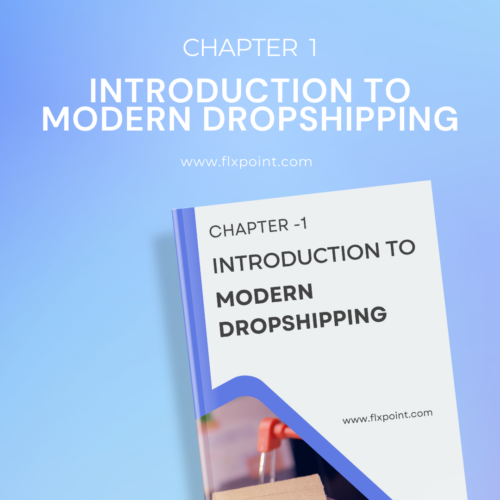
Unpack the evolution of dropshipping and why it’s still one of the most effective ecommerce models. Learn how the modern approach is different from outdated methods, what’s fueling its explosive growth, and what it takes to succeed in today’s competitive market.
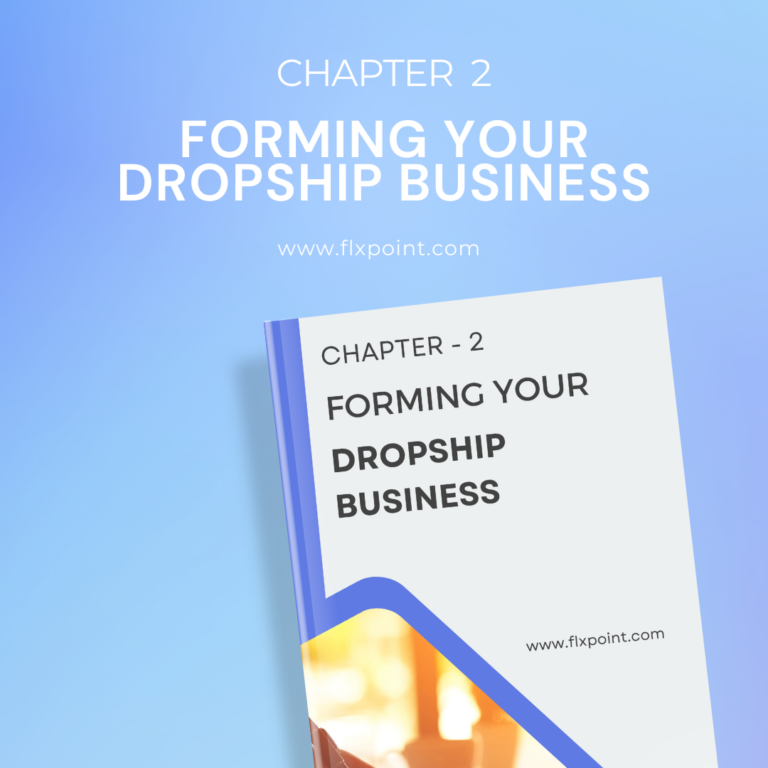
Get step-by-step guidance on building a strong foundation. From choosing your niche and validating your business idea to setting up your brand and making it legit—this chapter gives you the tools to confidently launch with clarity and purpose.
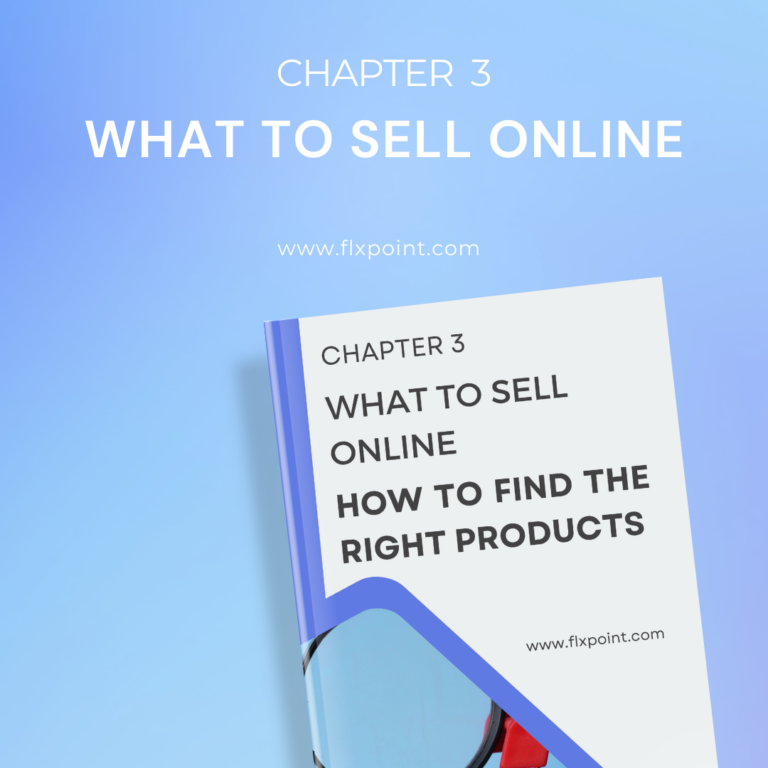
Struggling with product selection? Discover how to find winning products that sell. We cover techniques for identifying trends, analyzing competition, using supplier insights, and narrowing down product ideas that fit your niche and audience.
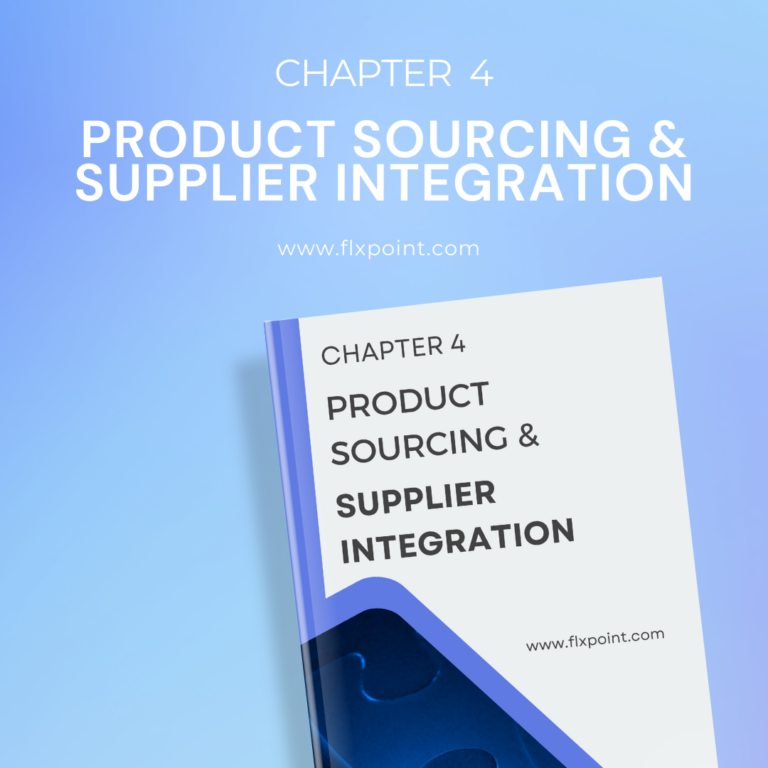
Not all suppliers are created equal. This chapter shows you how to source high-quality products and onboard suppliers the smart way. Learn how to vet vendors, avoid bad partnerships, and set up seamless integrations that keep your fulfillment running like clockwork.
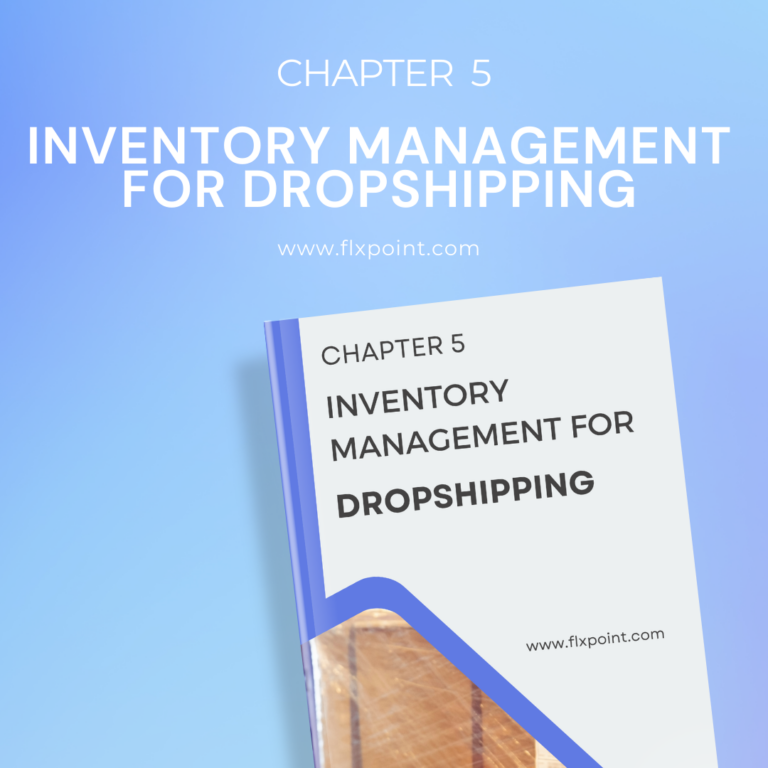
Say goodbye to stockouts and overselling. Learn how to keep your inventory accurate and your customers happy with real-time updates, smart syncing, and automated stock management across all your channels and vendors.
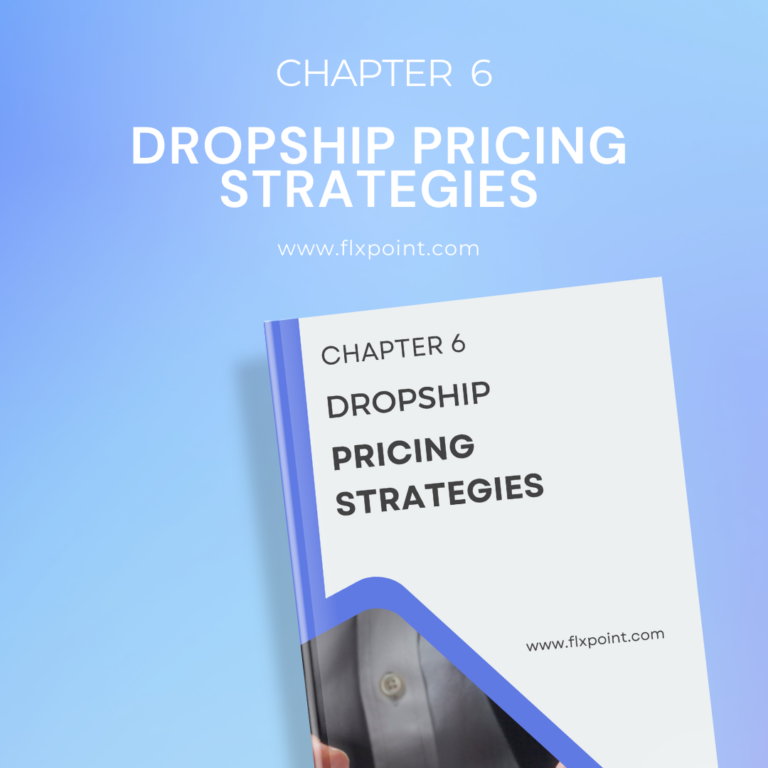
Pricing isn’t just numbers—it’s strategy. Dive into methods like cost-plus, value-based, and psychological pricing to find the sweet spot between profitability and competitiveness. You'll also learn how to handle MAP policies and dynamic pricing changes.
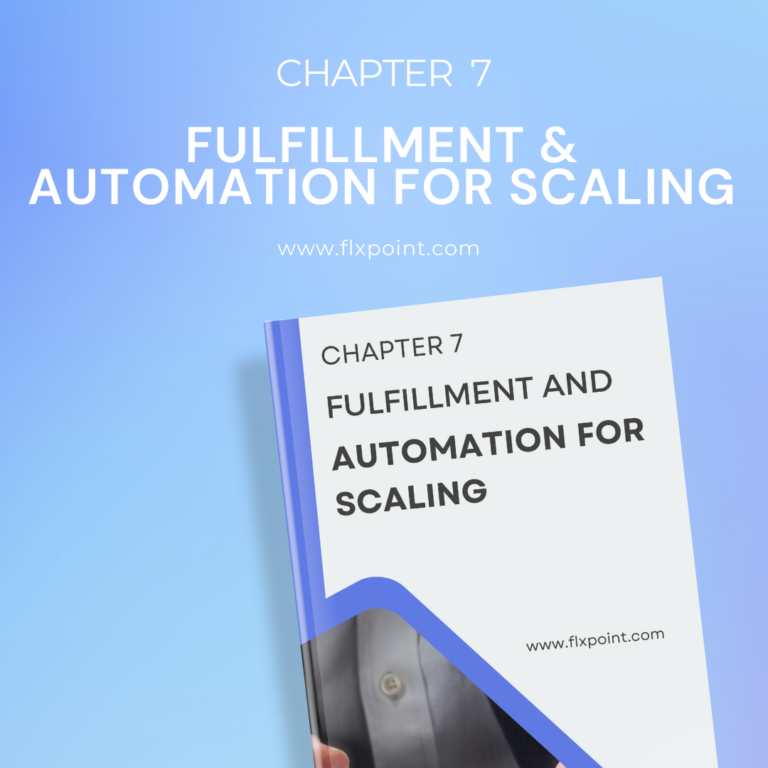
Manual processes holding you back? Discover how to automate your order routing, fulfillment, and vendor communication. Whether you’re dropshipping from a single source or juggling multiple suppliers, we’ll show you how to build a fulfillment engine that scales effortlessly.
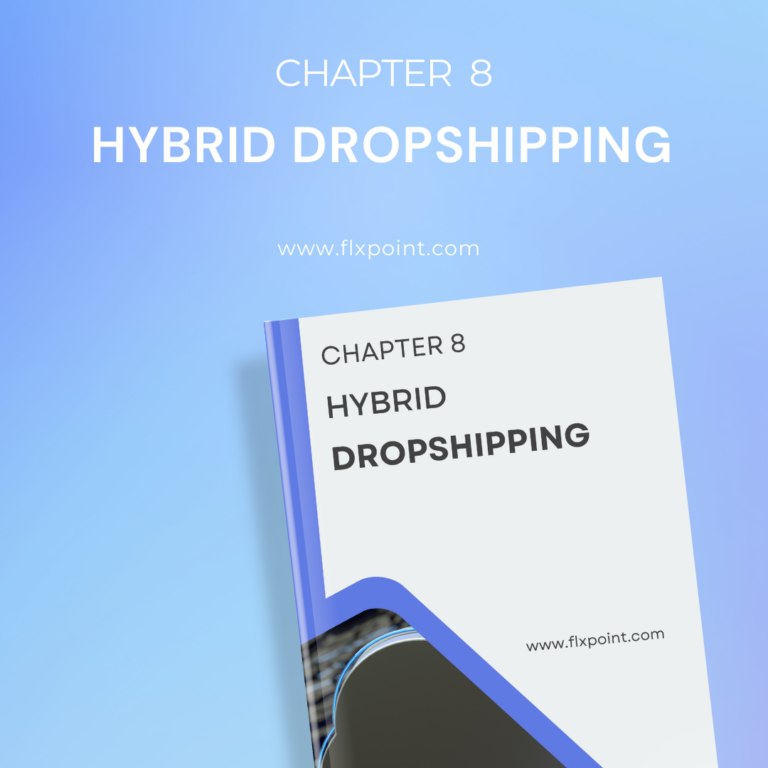
The best of both worlds. Learn how to blend dropshipping with traditional wholesale to create a hybrid fulfillment model. Diversify your supply chain, increase margins, and reduce risk—all while maintaining flexibility and speed.

Protect your business (and your sanity). This chapter highlights red flags to watch for when sourcing suppliers, how to avoid fake vendors, and what to do if something seems off. Learn to build a trustworthy and secure supply chain from day one.

Tech made simple. Understand how using EDI and API integrations can automate communication with suppliers, speed up order processing, and reduce costly errors. Whether you're tech-savvy or not, this chapter makes complex systems feel doable.
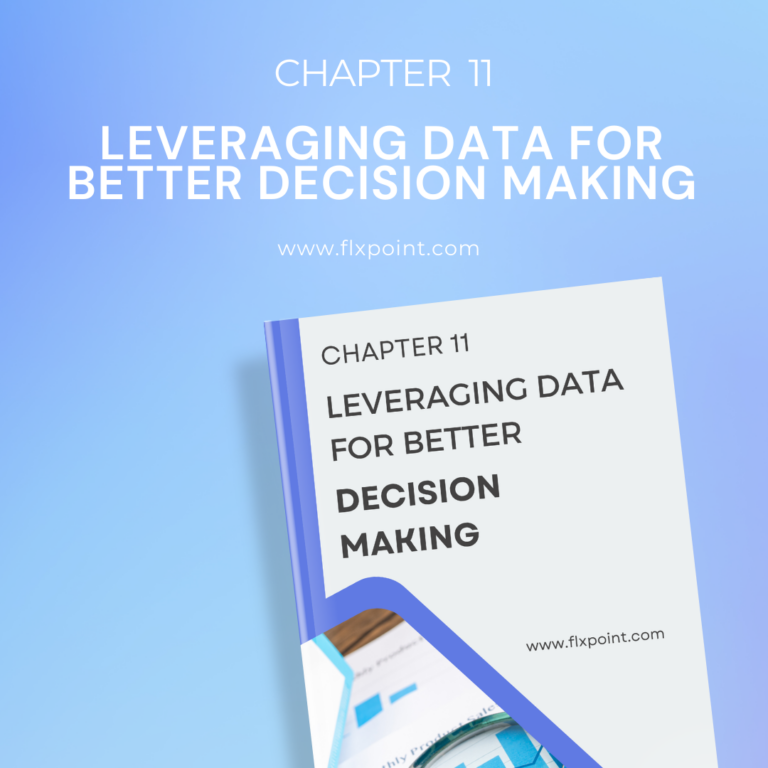
Smart businesses run on data. Learn how to track key ecommerce metrics, monitor supplier performance, and analyze product performance to make confident, data-driven decisions that boost sales and efficiency.
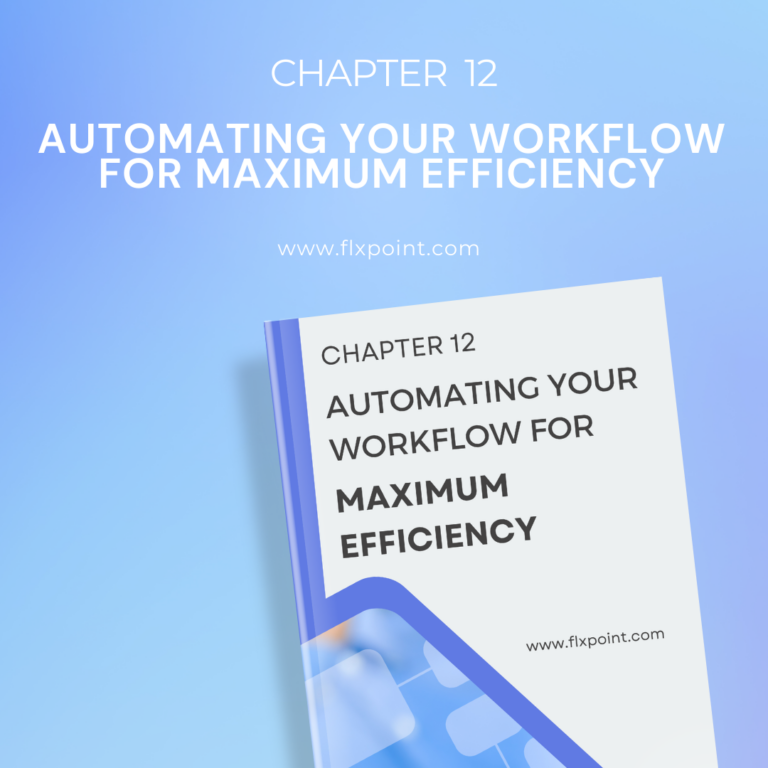
Unlock time-saving workflows that work while you sleep. This chapter breaks down how to automate inventory syncing, order routing, vendor communication, and customer updates to run your business like a well-oiled machine.
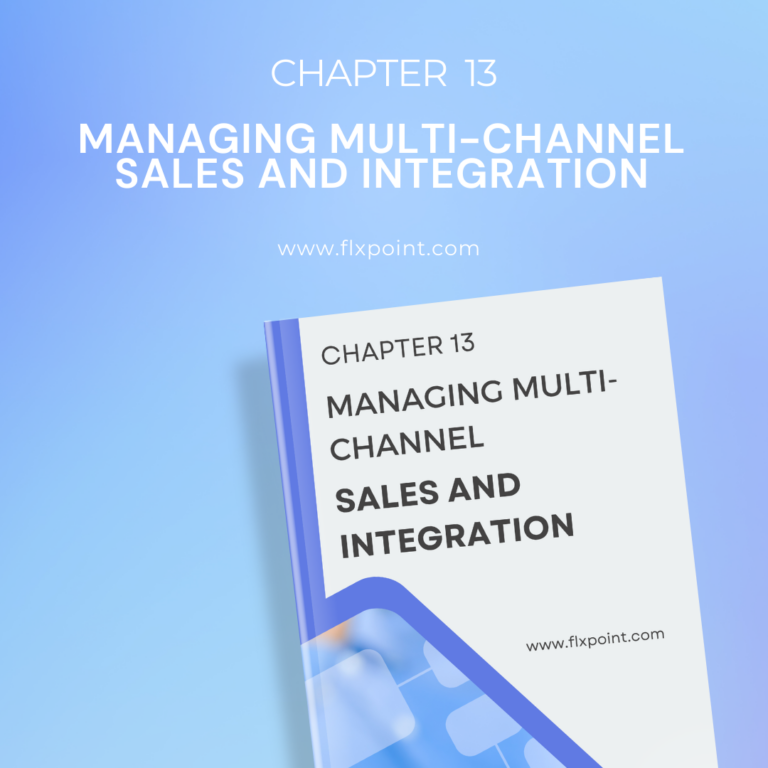
Ready to expand beyond one platform? Learn how to integrate and manage listings, inventory, and orders across multiple sales channels—like Shopify, BigCommerce, Amazon, Walmart, and more—without doubling your workload or making costly mistakes.

When it’s time to grow, this chapter shows you how. From onboarding new suppliers and expanding product lines to optimizing your tech stack and improving operations, get a roadmap for scaling sustainably and profitably.

Every business runs into roadblocks—what matters is how you respond. Learn how to tackle issues like supplier delays, low inventory, and customer service hiccups using smart tools, real-time alerts, and proactive troubleshooting strategies.

What’s next for dropshipping? Explore emerging trends like AI-powered automation, predictive inventory, autonomous fulfillment, and more. Stay ahead of the curve and future-proof your business with the latest innovations.
Kenneth Cole's Smart Savings With Shopify EDI Connections
"They had never used Flxpoint before. But working with [the Flxpoint] team, they learned it and we're about to onboard our newest footwear partner, and you know that's big business for us.”
Mitul PatelKenneth Cole


How Flxpoint Helped Rifle Supply Automate & Grow
“I went line by line… whatever the inventory number was and cost value was, I calculated it and was blown away by how much that was worth— $300 million worth of product that I added to our web store.”
Chris MekdaraRifle Supply


The Ecommerce Automation Behind Screen Skinz
"Automation is the key to maximizing your volume. [Flxpoint] comes right into our flow — everything's automated. We want it to be quick and efficient. So that's what we love about Flxpoint."
Shaun Brown & Clay CanningScreenSkinz


How Inhaven Transformed Vendor Management with Flxpoint
"We ended up switching to Flxpoint, and it has been a much smoother process. Where it took us six months to get onboarded with the other company, we were up and running in a week or two with Flxpoint."
Ashley ChingInhaven


How Black Patch Performance Scaled Smarter with Flxpoint
"The only way to actually scale was to go through Flxpoint… You can’t even come close to hiring someone to do what Flxpoint does for the price."
Jonathan WilliamsBlack Patch Performance


